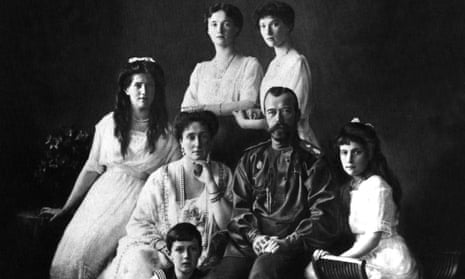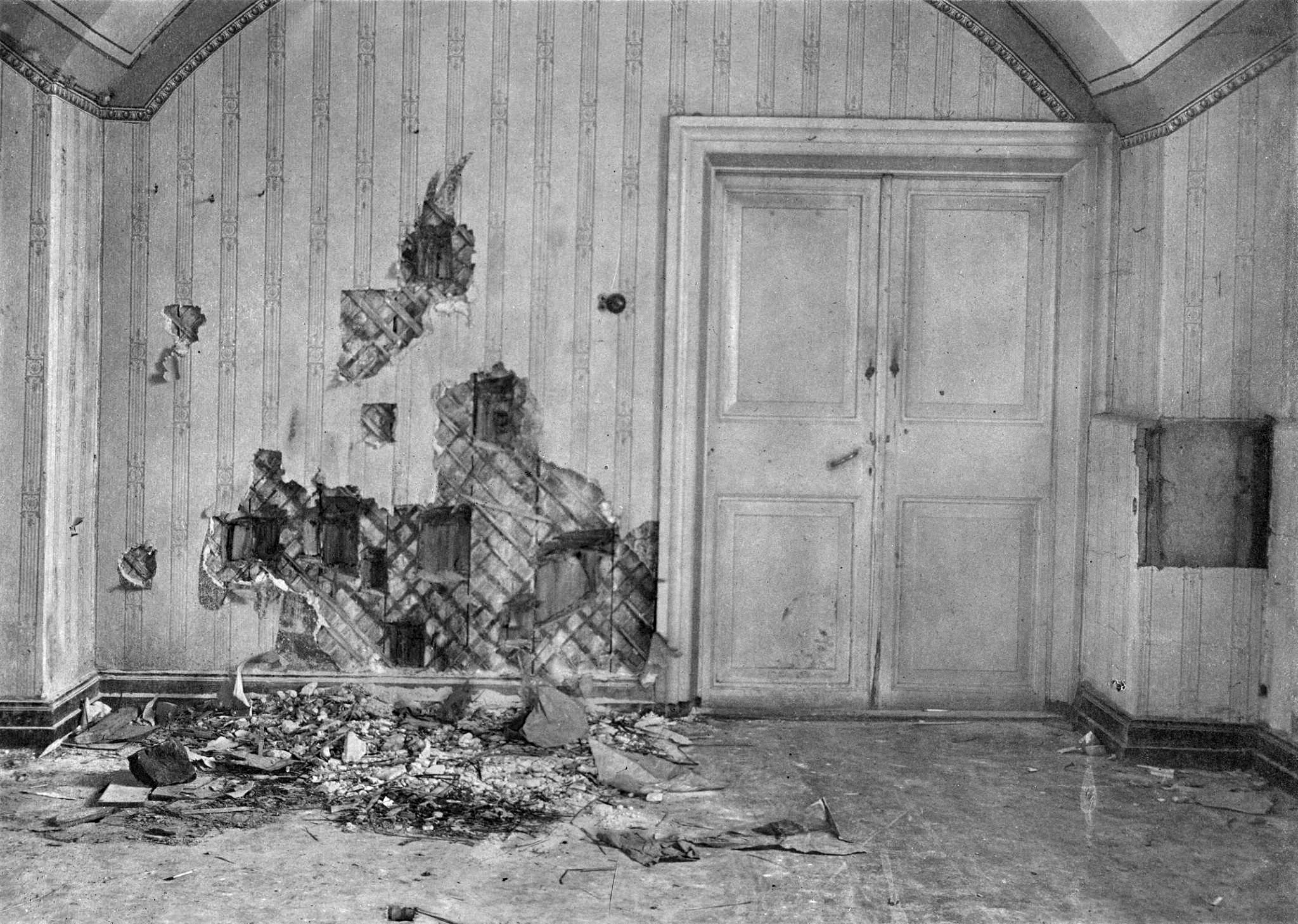For more than a century, the last night of Tsar Nicholas II and his family has hovered between fact and myth — a story wrapped in political secrecy, unanswered questions, and the lingering sadness of an era that collapsed overnight. The fall of the Romanov dynasty marked the end of imperial Russia and the beginning of a turbulent chapter that reshaped the nation forever. Today, with access to previously sealed archives, historians are reconstructing the final hours of the royal family with greater clarity, revealing a story that is solemn, deeply human, and far more complex than the early portrayals that circulated during the Soviet era.
In July 1918, as Russia fractured under civil war, the Romanov family lived in quiet confinement inside the Ipatiev House in Ekaterinburg. Despite the growing uncertainty around them, those close to the scene later recalled a remarkable calm in the family’s demeanor — a composure that contrasted sharply with the political upheaval outside their walls. In the final weeks, Nicholas, Alexandra, and their five children held on to a sense of normalcy, continuing daily routines such as reading, prayer, and language lessons. Their behavior surprised even the guards who watched over them, many of whom later spoke not of hostility but of unexpectedly ordinary interactions with a family caught in circumstances far beyond their control.

This quietness carried through to the final days. Though their fate remained uncertain, the Romanovs lived with an awareness that history had taken a dramatic turn. Letters from this period — limited, heavily censored, and cautiously written — reflect a mixture of resignation and hope, with Nicholas often expressing concern not for himself, but for his children and the wider future of Russia. The atmosphere inside the house, according to later testimony, was subdued but peaceful, shaped by the family’s commitment to faith and their desire to maintain dignity even in confinement.
Outside the walls of Ipatiev House, however, political calculations were unfolding rapidly. The civil war had escalated, and anti-Bolshevik forces were moving closer to Ekaterinburg. For the new government, the presence of the Romanovs became an increasingly delicate issue. Leaders feared that if Nicholas II survived long enough to be captured by opposing forces, his symbolic influence could reignite resistance and complicate the Bolshevik efforts to consolidate control. Historians now agree that the decision surrounding the Romanovs’ fate was not spontaneous; rather, it evolved from strategic discussions shaped by the pressures of a nation at war with itself.
![]()
By mid-July, the Bolshevik leadership concluded that the former emperor could no longer be used as a bargaining tool nor allowed to serve as a rallying point. As later documents indicate, the priority shifted toward preventing any possibility of his return to influence. It was a decision rooted in political fear — one that would forever alter how future generations understood the end of the Russian monarchy.
In the early hours of July 17, 1918, the Romanov family was informed that they would be moved for their safety due to unrest in the city. This explanation, simple and familiar to them from prior relocations, was met with acceptance. Accounts from guards suggest that the family prepared without protest, gathering their belongings and following instructions with quiet composure. What happened next has been the subject of books, documentaries, and decades of research, not because of spectacle, but because of the magnitude of its historical impact.
Though early accounts portrayed what followed through the lens of propaganda, later evidence revealed a more complex and sorrowful picture, emphasizing the abruptness with which the dynasty came to an end rather than sensational detail. The focus of modern historical analysis is not on dramatic reenactment but on trying to understand the emotional weight of that moment — a family facing an uncertain future in a time of national turmoil.
In the aftermath, the government worked to conceal the fate of the Romanovs. The political environment in the early Soviet Union left no room for public discussion or acknowledgment, and the story of the family’s final hours was suppressed for decades. Eyewitnesses were discouraged from speaking, documents were locked away, and official narratives offered only brief, fragmented references. For much of the 20th century, the disappearance of the Romanov family remained a subject of speculation and silence, with truth and rumor often intermingled.
It was not until the late 20th century, as new political openness took shape in Russia, that researchers gained access to long-hidden information. Archaeologists and forensic specialists located remains believed to belong to the Romanov family, leading to scientific testing that provided critical confirmation. DNA analysis conducted by Russian and international experts matched the remains to living relatives of the Romanov bloodline, offering powerful evidence that closed many of the uncertainties surrounding the historical record. These findings, later supported by additional archival documents made public, created a more complete and reliable account of the family’s final days.

In 1998, more than 80 years after their deaths, Tsar Nicholas II, Empress Alexandra, and three of their children were laid to rest in St. Petersburg in a ceremony attended by members of the Russian government and surviving descendants of the Romanov family. The burial, held in the Cathedral of Saints Peter and Paul, symbolized a national effort to reconcile with the past and acknowledge the human tragedy behind the fall of the monarchy. The remaining two children’s remains were discovered later and continue to be the subject of forensic study and historical discussion.
Today, the story of Nicholas II and his family resonates not because of royal titles, but because of the universal themes reflected in their final days: courage, uncertainty, and the quiet endurance of a family facing an unimaginable turn in history. The Romanovs have become symbols of the fragility of political power and the human cost of national upheaval. Their legacy inspires a wide array of interpretations — from reflections on leadership to studies of cultural transformation — but at its core lies a simple truth: history often moves in ways that overwhelm the individuals who live through it.

The final chapter of the Romanovs is not defined by spectacle but by the profound contrast between the calm within their private world and the storm that reshaped Russia beyond their walls. Their story remains one of the most deeply studied moments in modern history, not only for what it reveals about the collapse of an empire, but for the enduring reminder that even in moments of profound change, human dignity and resilience persist.
Sources
-
BBC News – “Russia reburies remains of last tsar’s family”
-
National Geographic – “The Last Days of the Romanovs”
-
Smithsonian Magazine – “What Really Happened to Russia’s Last Tsar?”
-
The Guardian – History coverage on the Romanov family
-
Russian State Archive (RGASPI) – Published documents on the final months of Nicholas II
